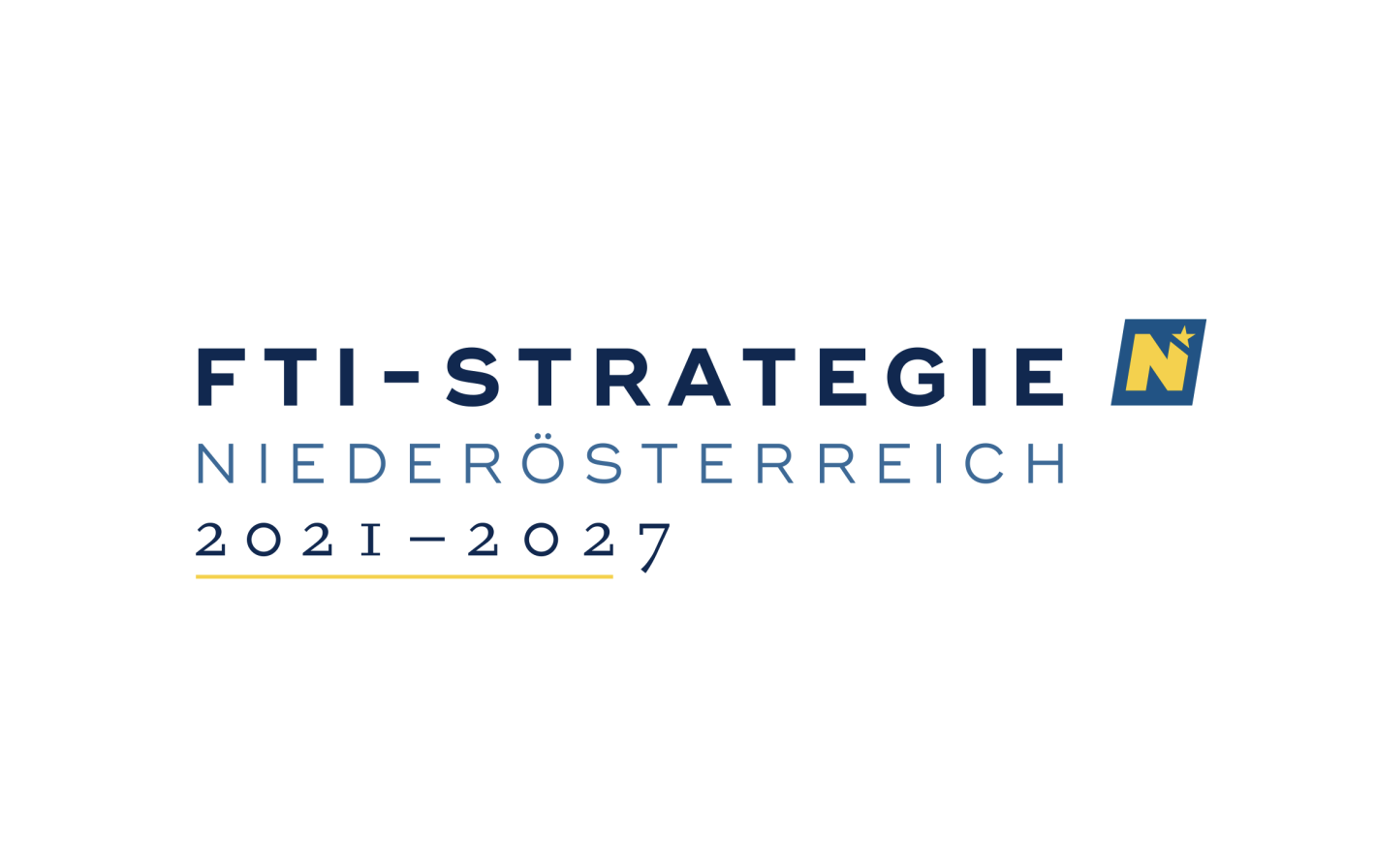Digitising and reconstructing an Upper Palaeolithic infant twin burial from Krems-Wachtberg

Lead partner:
Karl Landsteiner Privatuniversität für Gesundheitswissenschaften
Scientific management:
Stefanie Stelzer
Additional participating institutions:
Universität für Weiterbildung Krems (Donau-Universität Krems)
Österreichische Akademie der Wissenschaften
Naturhistorisches Museum Wien
Field(s) of action:
Society and culture
Scientific discipline(s):
6010 - Geschichte, Archäologie (40 %)
1060 - Biologie (40 %)
6050 - Andere Geisteswissenschaften (10 %)
1070 - Andere Naturwissenschaften (10 %)
Funding tool: Basic research projects
Project-ID: GLF21-2-006
Project start: 01. Oktober 2023
Project end: 30. September 2026
Runtime: 36 months / ongoing
Funding amount: € 299.453,00
Brief summary:
About 31.000 years ago, a group of hunter-gatherers had settled down at what is now the city of Krems, Austria. During excavations from 2005 to 2015, a well-developed Gravettian living floor with distinct features and finds (e.g., artefacts, animal bones, art objects) and human remains was recorded. It is two infant burials that made the place internationally recognised and one of Lower Austria’s most important heritage sites: Burial 1 included neonate remains of the oldest dated genetically determined identical twins (ind1 and ind2); burial 2 yielded the remains of a three-month-old infant (ind3).
After an initial recovery as a block in 2005, burial 1 was stored in a climate-controlled storage facility at the Natural History Museum Vienna. In 2015, the human remains were carefully excavated in the lab accompanied by high-precision structured light scanning. Therewith, each recovery-step was documented in 3D to achieve the optimal requirements for the intended virtual 3D grave reconstruction. In a recent pilot study, two sections of the skeleton of ind2 (left hand, cranium) were selected for µCT scanning and virtually cleaned from the remaining sediment. To test the feasibility of a virtual reconstruction, the find situation of both elements was successfully recreated using the surface scans and the anatomical shape of the cranium was reconstructed. A data base prototype was set up to organise and archive the data from the excavation, the scanning campaigns, and museological object data.
The objectives of the present study, which - by its transdisciplinary approach - intends to break new ground in investigating Lower Austria’s early cultural heritage, are to µCT scan the complete skeletons of ind1 and ind2 and to segment the volumetric data. The digitisation will allow insights into the find complex and its minuscule elements; it will also prevent substance defects and other destruction during further investigation or showcasing. Via surface registration the find situation of the infants can be virtually reconstructed, which will enable us to recreate the activities in the context of the burial and post-sedimentary formation processes. The produced data will be entered into the interactive data base that will be made available to the scientific community and interested citizens. To make the results of such complex fundamental research and its innovative approaches accessible to the greater public in a museological context is still a matter of debate. In several workshops with museum experts and stakeholders, the project will discuss and develop concepts for innovative museum presentations (physical and virtual), which will allow an inclusive access and participatory share of Lower Austria’s earliest cultural heritage.
Keywords:
Digitalisation, virutal reconstruction, human evolution, archaeology, museology

